Time travel is still a long way off as a short break option, but happily there are some good approximations. Last month, in a very chilly but sunny Berlin, I opened up a copy of Franz Hessel’s cult 1929 guidebook, Walking in Berlin: A Flâneur in the Capital, and, sure enough, the jaunty, literary tone of the book, now published in English for the first time, is like a private invitation back to the city’s most beguiling era.
Hessel had an appetite for cafe culture and people-watching, although his own life was easily as colourful as the life he observed around him. His open relationship with his wife, fellow writer Helen Grund, inspired Henri-Pierre Roché’s famous ménage-a-trois novel Jules et Jim. He was, to use his preferred French term, a flâneur – a man of means at ease in the cosmopolitan hub of Weimar Germany.
My tour in his footsteps starts just off Kurfürstendamm on the edge of Charlottenburg. My base is a room in the small, bohemian hotel, Pension Funk, once the apartment of the Danish silent movie star Asta Nielsen. Its 19th-century lifts, high ceilings and walls hung with images of the decadent Nielsen perfectly capture the Weimar mood, as does the grand Literaturhaus cafe across the road, standing next to an equally stylish museum dedicated to the artist Käthe Kollwitz.

The city that comes to life on Hessel’s pages could be straight out of Cabaret, based on Christopher Isherwood’s novel Goodbye to Berlin. Although Hessel was Jewish, and ultimately under threat, his Berlin is one of hope; an international melting pot where taboos are suddenly falling away. Somehow this makes his words all the more poignant. They mark a free, open-minded moment in time.
Setting off in my less-than-Weimar woolly hat I look through Hessel’s eyes at the town houses in the smart streets around my hotel: a mix of Parisian, Czech, even Finnish architecture reflecting the traditions of the foreign merchants drawn in during the boom years. Charlottenburg, I learn, was originally a separate entity and grew up around a royal palace to become a glamorous base for artists and actors because it neighboured the film studios.
For Hessel, its blurring with the rest of Berlin was already old news. A gatehouse standing between the two “sister” cities was phoney, he felt: “There’s just as little proof here as anywhere else that a border exists between Berlin and Charlottenburg.” This area is also home to the famous Paris Bar where Bowie and Iggy Pop would often drink; one journalist compared the scene to Degas’ The Absinthe Drinker – Hessel would no doubt have approved.
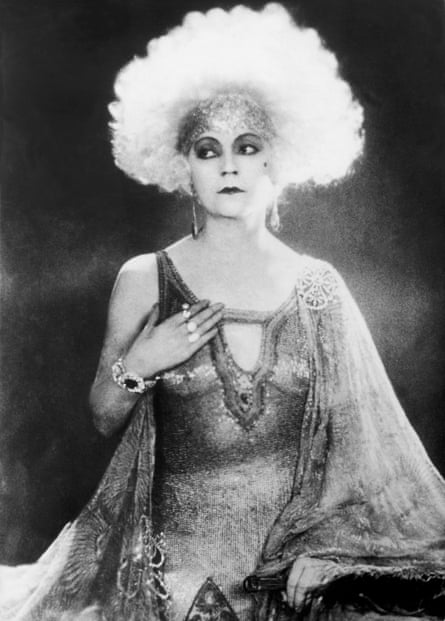
He clearly welcomed the city’s sexual freedom and loosening of class strictures. He loved the surviving rooftop Kranzler cafe and, of course, the nightclubs or “ballrooms”, with their table telephones.
Visitors who still fancy dialling up the talent on other tables can do so at a dark nightclub called Ballhaus Berlin, in the central Mitte district, where telephone flirting is still going strong.
For Hessel, the freshly licensed gender ambiguity “once a bold protest against the dominant moral laws” was now a “rather harmless pleasure, and visitors who like to dance with the opposite sex are also allowed into these mellow orgies”. The closest I get to “a mellow orgy” is a mistaken but happy encounter with two kinds of savoury dumpling, one a starter, one a main course (both were delicious) in a restaurant named Lubitsch.

Hessel’s Berlin is still evident near my hotel, where you can see the remains of a large synagogue opened in 1912 and destroyed during Kristallnacht in 1938. Now it’s a Jewish education centre, guarded around the clock. Yet for Hessel the way in which wealthy Jews were once made to pay up to integrate seemed quite humorous at the time. Canny Frederick the Great, he wrote, made these incomers buy royal china from his porcelain factory if they wanted “to take up residence, open a business, or marry”.
As Hessel admits, he was not a political animal and his bluffer’s introduction to activities underneath the “massive beauty” of the Reichstag dome underscores the point. “Orient yourself properly,” he jokingly suggests, “so that you don’t mistake the communists for the nationalists and vice versa.”

Hessel’s observations are detailed, but using his book today is partly an imaginative exercise. Many of the landmarks are gone, victims of allied bombing. And even some that appear to survive, such as the famous Hotel Adlon, are actually replicas. Hessel himself relished seeking out the older shapes behind the modern buildings, although he had no idea of the destruction that was coming. His own touchstone was a Berlin guidebook by Hans Mackowsky. Read it, he promised, and “the bygone city hiding within the current one will materialise right before your eyes”.
The same applies now to his own book. Irreverent and yet always enthusiastic, his 88-year-old love letter to this city is a true map of the traces of a bygone world.
Way to go
EasyJet flies from Gatwick to Berlin Schoenefeld. Rates at the Hotel Pension Funk start at €45 for a single with breakfast (shared bathroom), or €75 with private bathroom. Walking in Berlin: A Flâneur in the Capital by Franz Hessel is published by Scribe at £12.99
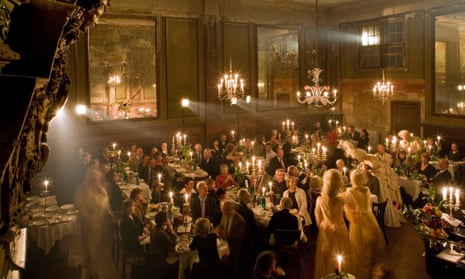




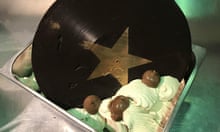
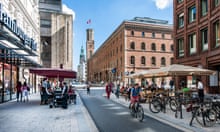
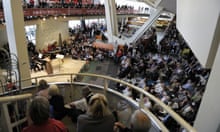
Comments (…)
Sign in or create your Guardian account to join the discussion